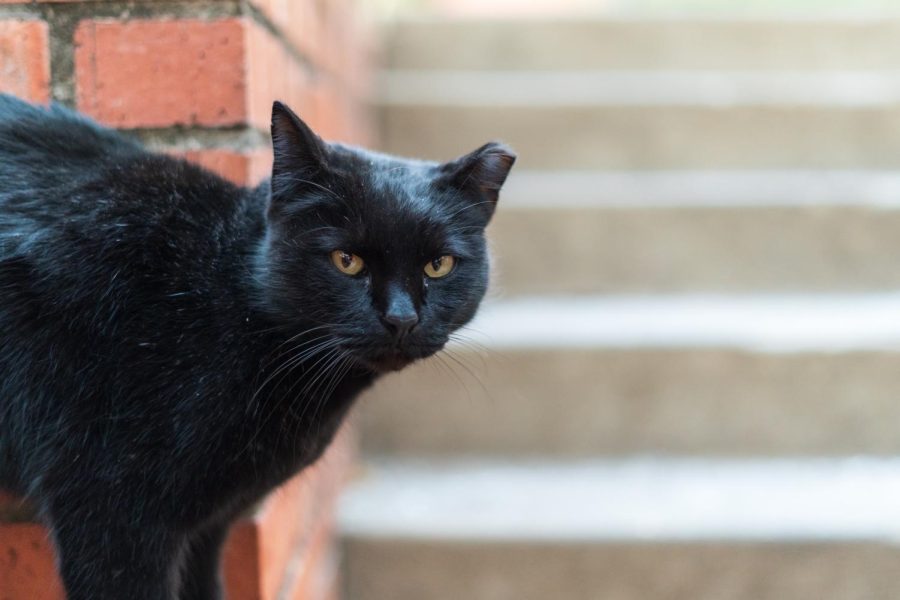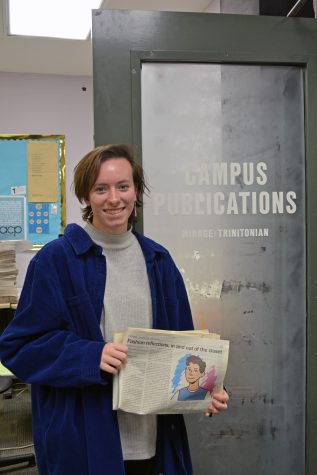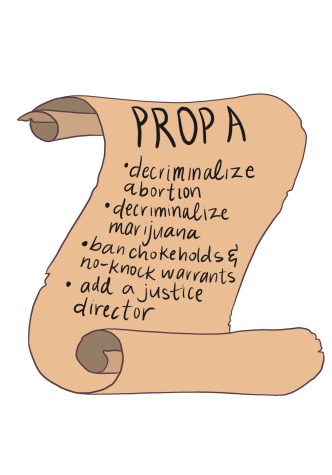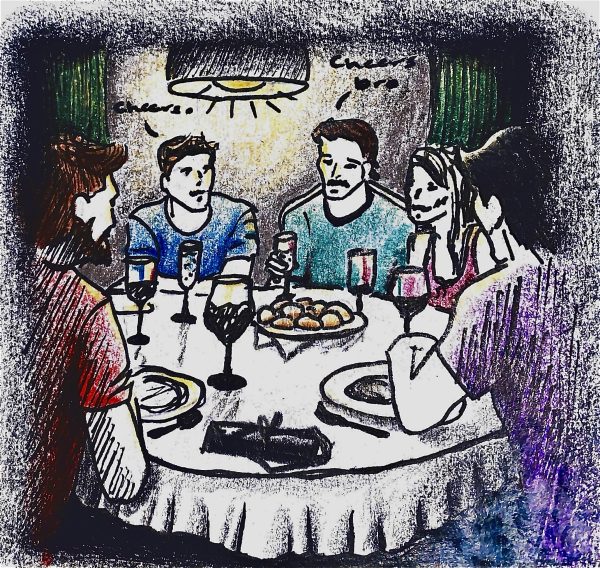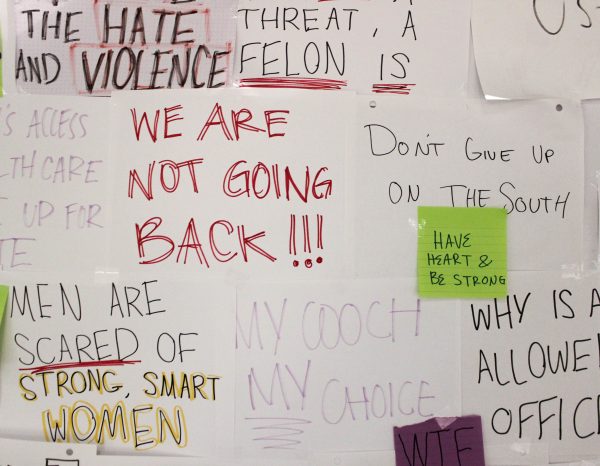Cat Alliance Trinity seeks to become a Registered Student Organization
RSO status would bring increased visibility to the needs of the campus cats
Trinity cat by feeding station
Most Trinity students have heard about the Cat Alliance Trinity (CAT) at some point during their time here, whether by involvement in the 70-plus member group or through encounters with many of the 22 cats that can be found on campus. However, what most don’t know is that CAT not only feeds these animals but does so much more. Mindy Morales, director of CAT, highlighted this in an interview this week about the beloved campus organization.
“We operate … [a] Trap Neuter Return (TNR) program that is designed to control a feral population as humanely as possible,” Morales said.
The TNR method is used by CAT instead of the common trap, remove, euthanize of the past. As Trinity Wagner, a first-year CAT member, put it: “the program is intended to help limit the reproduction of [campus] cats.”
According to Director Morales, TNR has been successful, as the group has maintained no growth for the campus cat population for about eight years. The CAT website states that “Trinity University was the first college campus in San Antonio to implement a Trap-Neuter-Return program for cats.” CAT is not only helping the cat population on campus, but they are also helping to improve the cat community all around Trinity through progressive and humane methods.
In addition to the expansive TNR operations of the Alliance, CAT also sets up veterinarian visits facilitated by Morales.
“Some of our cats are 16 or 17 years old,” Morales said. “There are important things that we do, beyond feeding the cats, that have to do with the cats’ health … [which] prevents any kind of disease from happening on campus.”
Morales also pointed out that CAT has taken up the burden of cat owners in the area who, unfortunately, have dropped off their unwanted cats at Trinity. For each new cat, CAT then has to reallocate limited resources to accommodate the extra cat. Morales reminds these folks that “it’s cruel to the cat” to partake in that behavior because the cats are placed in a new, stressful environment that presents many challenges to them.
Becoming an Official Trinity Organization
Unlike most organizations on campus, CAT is directly responsible for lives, making consistent funding and fundraising a necessity. This need has driven the CAT to seek a formal designation as a Registered Student Organization (RSO). Additionally, as Morales said, “Being visible in the Trinity community is an advantage in getting new members.”
Making CAT an official club would not only increase its visibility to students, but also to faculty and staff, which is key. According to Morales, “because students come and go, it’s crucial to have faculty and staff members [involved in CAT].” This ensures a more constant and long-lasting support for CAT on campus.
Student involvement is still important as students provide crucial services for CAT, like monitoring the cats’ health. According to Wagner, “It would help the more people we have because then you have … help with feeding [and] more people to notice the [health of the] cats around campus.”
Although CAT is not yet an official Trinity club, Morales is hopeful that the application will be accepted by the end of the spring semester. CAT has already had a meeting to discuss its club status, getting the ball rolling on the official process of becoming Trinity-sanctioned.
Morales seemed confident that CAT would become an official Trinity organization by the fall.
“We have a very good group of students who are passionate and articulate … and we’re starting to write our chapter,” Morales said.
To check out how to become involved with CAT, more information can be found on the organization’s website, which can be found through the Trinity University website. Anyone interested in the specific cats on campus can find information about them on the Cat Alliance website, along with some adorable photos of the cats.

I am an International Studies and Political Science major with a minor in Spanish. My passions lie in studying methods of peaceful and diplomatic interactions...

My name is Sam (he/him) and I'm a photographer here with the Trinitonian. I'm a senior Communications and German double major from Austin, Texas, and...

